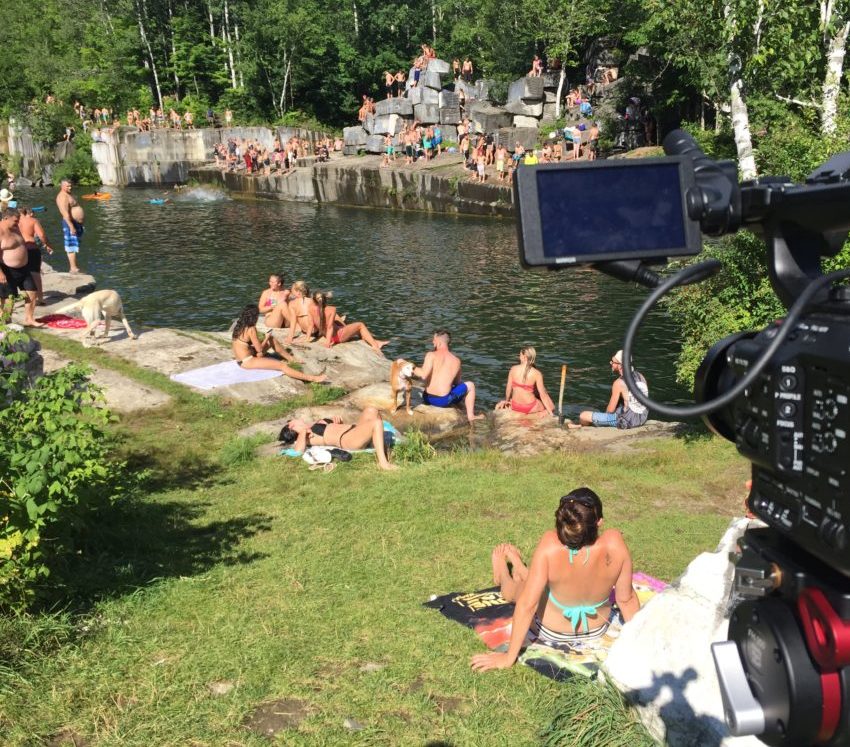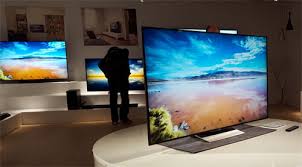Pictures that move!

My friends have been asking me why I am shooting static video scenes, my kinematographs as I call them. This entry is my answer to that question:
In our everyday lives we walk around only being partially mindful of our surroundings, distracted by a million thoughts, emotions and everyday things. It is not often that we can stop long enough to take in all the visual detail of the scene around us. For many years I have been photographing city and landscapes at very high resolution and making large format art works that envelop viewers and give them a chance to explore every aspect and ultra detail of a scene. Something they wouldn’t naturally do when actually being there, with the aim of giving people an experience as good as if not better then being there! To help further this venture I took to shooting 360 degree panoramic pictures, scanning them with a high end drum scanner and making even bigger prints, up to 4 feet x 20 feet.

While teaching photography and filmmaking at the American University School of Communication, working with a group of local photographers, I set up the Digital Image Gallery (DIG) using a vacant space on Cady’s Alley in Washington, DC. The minimum size print for display was 30 x 40 inches. Mounting such large prints was prohibitively expensive, so I designed a simple hanging system for presenting prints straight off the printer! Most of the photographers I worked with were relatively unknown in the gallery world, and it was difficult to market and sell such large prints, but large format images was what we were all keen on.

A vertical panorama by Robin Mudge shown at DIG
Years later a good friend was trying to encourage me to combine my skills as a photographer with those I had developed over 30 years as a professional filmmaker and start producing Video Art for display on large format TV sets. He liked a series of large format pictures I had printed of the abundant wild flowers growing in English hedgerows. His idea was that I shoot the same kind of pictures, but as a videos, a static scene with just the wind and insects causing small movement within it. My friend thought this approach would make for interesting and affordable wall art. At that time I was shooting with 80 megapixel digital medium format cameras, and was a genuine resolution whore, so the HD TV resolution of the time was not very attractive.

Shooting a kinematograph
The idea lay dormant until a new generation of 4K Ultra High Definition (UHD) televisions came onto the market. These have four times the resolution of high definition televisions sets, and as I stood looking at some demonstration material in Best Buy, I began to think that my friend’s suggestion was not so bad after all. It was possible to buy a 65 inch 4K UHD TV set for about the same as it costs to have a 65 inch print face-mounted on acrylic and backed with aluminum. At the same time, there had been a revolution in high resolution digital cinema equipment, making it possible to re-equip for shooting and editing 4kK and higher digital video. I took the leap and have set up 6K digital cinema equipment and associated editing and color correction system. Work has been underway capturing ‘moving stills’ which add the dimension of time to a static scene, and which I have decided to call kinematographs (an early word for moving pictures).
Then early in 2016 a minor revolution in TV technology happened, which changed everything. That was HDR, high dynamic range. An HDR TV set is capable of delivering MUCH higher image quality than the finest of fine art prints. Even traditional fine art photographs shown on an HDR TV set are seen the way they have never been seen before!
Dynamic range is a way of describing the number of shades between absolute black and absolute white. Paper prints and regular TVs can show a dynamic range of about 6 to 8 photographic stops. HDR TV’s can show about 12 stops (also with a big increase in the range of colors); this makes an absolutely huge difference in image quality. Film cameras had a dynamic range of about 8 stops and modern digital video and still cameras have a range of about 14 to 16 stops. Until now, photographic and video post production squishes the 14 stops into 6 stops, and so a lot of the captured dynamic range is lost. When stills and video material are properly prepared, an HDR TV shows almost all of the dynamic range captured by the camera, and pictures are much more true to life.

From Sony
Today, even very large UHD HDR TV sets are reasonably priced, especially in comparison to the framing costs of similar sized traditional prints. There is no reason why a TV set should not be bought specifically to show a single kinematograph (or slide set), but unlike a traditional print, the displayed image can be changed at will. TV sets are also thinner than most framing options and can display a much higher technical image quality than any paper print can. So that my friends is why I am making moving stills or kinematographs.






